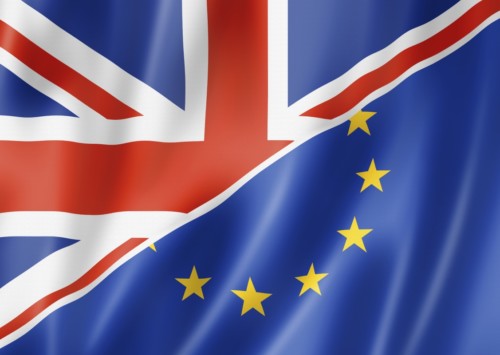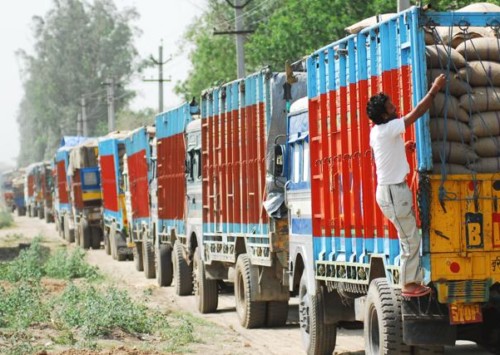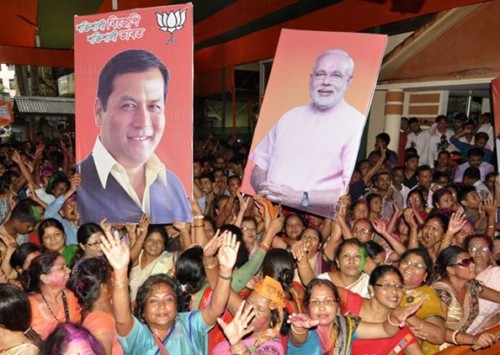Four-tier GST bill structure proposed in India
The Goods and Services Tax (GST) Council headed by the Indian Finance Minister, Arun Jaitley, proposed a four-tier GST bill structure and rates on the first day of the GST meeting that is scheduled to run from October 18-20.
In order to implement the Goods and Services Tax (GST) law from April 1, 2017, the central government is making all efforts to hasten the process. On the first day of a three-day meeting of the GST Council that is headed by the Indian Finance Minister, Arun Jaitley, is scheduled from October 18-20, the council collectively proposed a four-tier structure for GST.
The suggested tax framework comprises of a lower rate of 6 pc, two standard rates of 12 pc and 18 pc, and a higher rate of 26 pc with an additional tax for luxury and demerit goods.
Ever since the first proposal of the GST Bill in India, also known as Constitution Bill 2014 in 2005, there has been a lot of delay and amendments. But, after years of revisions, the Bill was finally passed by Indian Parliament in August this year and paved way to make all transactions liable to a unified tax across the country.
Under the current Indian Taxation System, central government collects Value Added Taxes (VAT) and levies income tax, customs duties, central excise, services, stamp duty, state excise, land revenue etc. Furthermore, states also levy their own taxes that vary from one state to another. However, the introduction of GST will soon set forth a single tax structure, eliminating many centres and state taxes.
As per the proposal, higher rate for services under the indirect tax regime is proposed to be 18 pc, while essential services such as transportation are proposed to be taxed at six or 12 pc.
“The broad approach has been that the rate structure should be such that it does not lead to any further CPI inflation, states and centre should have adequate revenue, so as to discharge their obligations, and this has to be blended with only the least possible burden which has to be put on the taxpayer. The revenue model should be such that it has some additional resources which could be used for revenue payment, for compensation payment to any losing state,” said Arun Jaitley.
Numbers game
Approximately 69 pc of the taxable base is proposed to be taxed at either 18 pc, 12 pc or 6 pc, with more than 50 pc of the items to be taxed at 12 pc or 18 pc. Luxury items like high-end cars and demerit goods like tobacco, cigarettes, aerated drinks etc comprising about 25 pc of the taxable base, would be taxed above the higher rate of 26 pc, whereas gold is proposed to be taxed at 4 pc.
Under the proposed GST rate structure, the inflation impact on constituents of CPI such as health services, fuel and lighting and clothing is estimated to be 0.56 pc, 0.05 pc and 0.23 pc, respectively, while for transport it is estimated at (-) 0.65 pc, (-) 0.08 pc for education and (-) 0.09 pc for housing. Based on the estimates of 2015-16, the total revenue collection under the proposed structure is expected to be around INR 8.72 trillion (about EUR 120 billion).
According to the Confederation of All India Traders (CIAT), too many tax rate slabs under the GST regime will distort the single tax fabric and will also lead to complications, making voluntary compliance a difficult task.
The GST regime may prove to be a powerful change to knock out the outpour of many central and state taxes. Tax inequalities and intermediate barriers, that make some states more competitive than others, will be waived with the unification of taxes and also eliminate challenges for inter-state movement of goods and commerce and inter-state price differences along with reduced tax invasion.












